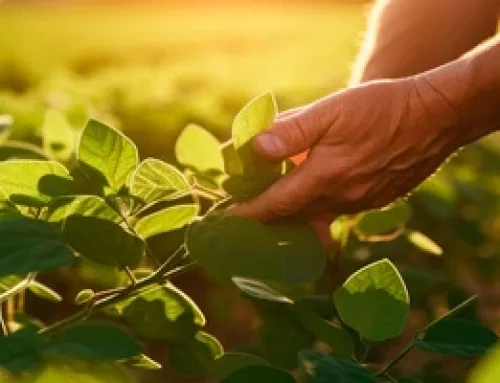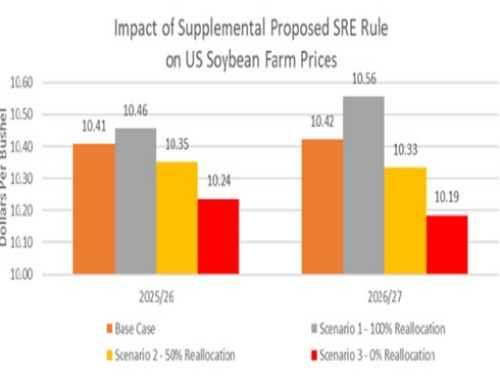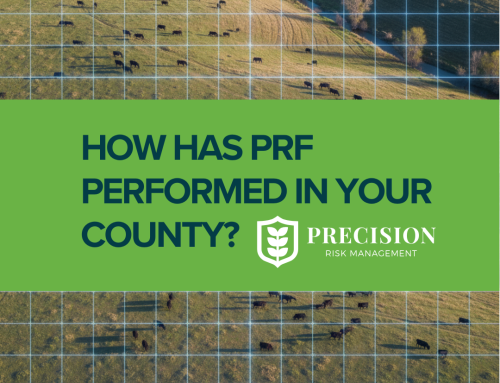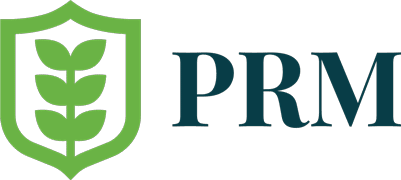By Ryan Hanrahan, University of Illinois’ FarmDoc project
Bloomberg’s Skylar Woodhouse and Ilena Peng reported that “President Donald Trump said his administration had struck an agreement to bring down the price of beef for consumers during an event in the Oval Office on Thursday.”
“Trump didn’t provide details on what the federal effort entailed, but conceded that beef was one area where his efforts to fight inflation hadn’t paid enough dividends,” Woodhouse and Peng reported. “‘We are working on beef, and I think we have a deal on beef that’s going to bring the price’ down, Trump said. ‘That would be the one product that we would say is a little bit higher than we want it, maybe higher than we want it, and that’s going to be coming down pretty soon too. We did something, we worked our magic.'”
“The president’s comments came days after he hosted Argentinian President Javier Milei at the White House to discuss trade and financing to help bolster the country’s economy,” Woodhouse and Peng reported. “The US is a major importer of Argentine beef, though shipments are subject to an annual quota before expanded tariffs kick in.”
Reuters’ Tom Polansek, Trevor Hunnicutt and Costas Pitas reported that “beef prices have climbed to record highs after cattle ranchers slashed their herds due to a yearslong drought in the western United States that dried up lands used for grazing and raised feeding costs. By the beginning of the year, the herd had dwindled to 86.7 million cattle, the smallest number for the time period since 1951, according to U.S. government data.”
“Supplies tightened further this year after the U.S. Department of Agriculture halted imports of Mexican livestock to keep out a damaging pest spreading in Mexico. Mexican cattle were formerly imported to be fattened in U.S. feedlots and slaughtered in U.S. processing plants,” Polansek, Hunnicutt and Pitas reported. “Tariffs that Trump imposed on Brazilian goods have also slowed U.S. imports of Brazilian beef that was mixed with U.S. supplies to make hamburger meat.
USDA Developing Plan to Revitalize Beef Cattle Herd
Reuters’ Leah Douglas reported at the end of September that “the U.S. Department of Agriculture is developing a plan to revitalize the decimated U.S. beef herd, but will not offer payments to producers, Agriculture Secretary Brooke Rollins said on Thursday.”
“The U.S. cattle inventory is the lowest since 1951, according to government data, shrunk by years-long drought that dried up pasture land. Ranchers have slowly begun to rebuild the herd, but beef prices are at record highs,” Douglas reported. “The USDA is working on short- and long-term solutions to the problem and will provide more details in mid-October, Rollins said at the Ag Outlook Forum in Kansas City, Missouri.”
“‘We have no current plans to offer any payment to beef producers. We see how the government getting involved can completely distort the markets. And so currently there will be no plan, no plan is even under consideration, to insert ourselves through payments into the beef cattle industry,'” Rollins said, according to Douglas’ reporting. “Instead, the plans will focus on opening up more working lands and expanding risk-mitigation tools, Rollins said.”
Beef Sales Remain Strong Despite High Prices
Meatingplace’s Peter Thomas Ricci reported that “citing the latest Circana numbers, the CoBank Quarterly stated that dollar sales of ground beef at retail were up 13% year-over-year in August, a growth of $1.7 billion. ‘While beef prices remain elevated on tight cattle supplies, persistent demand boosted overall sales, and volume kept pace,’ CoBank stated.”
“CoBank also reiterated market trends that are familiar to meat industry players: record-high cattle prices in the third quarter, strong returns for ranchers, but weak margins for packers that limit production growth to meet demand,” Ricci reported. “One aspect of the beef market that has risen to meet demand, however, is the dairy beef segment. ‘Beef’s contribution to the [dairy] bottom line has moved from $1 to $4 per cwt. over the past four years,’ CoBank reported, adding that the dairy herd is now at its highest level in more than 30 years as farmers capitalize on the revenue for beef-on-dairy calves.”




